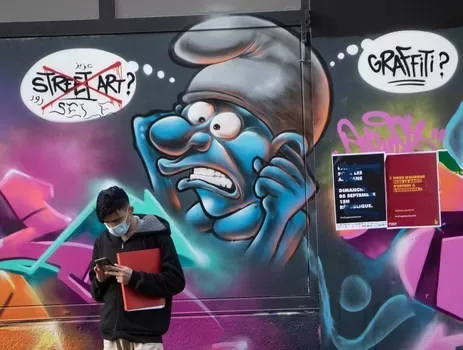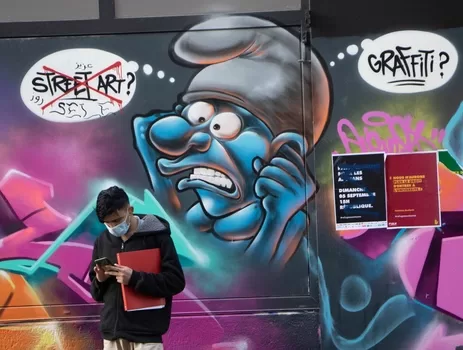Visual Literacy in the Digital Age is being taught to school children while the elderly are especially vulnerable to digital illiteracy. Everyone is a photographer now with a social media profile and footprint. We have influencers who cannot get enough ‘likes’ through to Digital ID protesters and everyone vying for coverage and being mentioned in someone’s blog. Be safe everyone, it’s a web of lies & spies.
Chapter 3: Visual Literacy in the Digital Age
In an era dominated by images, understanding and interpreting visual information has become an essential skill. In this chapter, we’ll explore the concept of visual literacy in the digital age and examine how the democratization of photography has influenced our ability to communicate, comprehend, and critique visual media.
Defining Visual Literacy: Visual literacy refers to the ability to interpret and create visual messages effectively. It encompasses not only the understanding of elements like composition, color, and symbolism but also the awareness of the cultural, social, and historical contexts that shape visual communication.


The Impact of Digital Media: The proliferation of digital media platforms and the democratization of photography have fundamentally altered the way we engage with visual information. From scrolling through Instagram feeds to consuming news via multimedia content, our daily interactions are increasingly mediated by images.
Challenges and Opportunities: While the accessibility of digital media has empowered individuals to create and share visual content, it has also posed challenges to traditional notions of visual literacy. The abundance of images vying for our attention can lead to information overload and contribute to the spread of misinformation and manipulated imagery.
Critical Thinking and Analysis: In a landscape where images can be easily manipulated and distorted, developing critical thinking skills is essential for navigating visual media. This includes questioning the authenticity of images, discerning bias and agenda, and recognizing the ethical implications of visual representation.
Education and Empowerment: As visual literacy becomes increasingly important in the digital age, efforts to promote education and awareness are crucial. Schools, libraries, and community organizations play a vital role in teaching individuals how to engage with visual media critically and responsibly.
Cultural Impact: The democratization of photography has also influenced societal perceptions of beauty, identity, and representation. Through platforms like Instagram and TikTok, individuals have the opportunity to shape and challenge prevailing norms and stereotypes, fostering a more diverse and inclusive visual culture.
Looking Ahead: As technology continues to evolve and the volume of visual content grows exponentially, the need for visual literacy will only become more pressing. By equipping individuals with the skills to navigate and analyze visual media, we can empower them to participate more fully in the digital world and contribute to a more informed and equitable society.
In the chapters to come, we’ll explore how visual literacy intersects with artistic expression, professional photography, and broader cultural trends. Join us as we continue our exploration of “Everyone’s a Photographer Now” and its far-reaching implications for contemporary society.
Everyone is a Photographer Now
Chapter 1: The Evolution of Photography
Chapter 2: The Rise of Smartphone Photography
Chapter 3: Visual Literacy in the Digital Age
Chapter 4: The Democratization of Artistic Expression
Chapter 5: Professional Photography in the Digital Era
Chapter 6: Vertical integration of traditional media into social media
Conclusion: Navigating the Future of Professional Photography
Related stories
The Future of Work as a Media Worker
How Getty Images & Disruptors Changed Photography
Who owns photographs posted on social media
The Kiss in Times Square photograph by Alfred Eisenstaedt cancelled?
Andre Kertesz, a pioneer of street & fine art photography
Sarah Moon, French fashion photographer
Speos Magnum documentary & AFP photojournalism courses
John Bell re-enacts historic Hitler – Hoffman photo session
Dorothea Lange’s Pioneering Approach to Portraiture
The first photograph taken in Australia was by Captain Lucas
Guide to Collecting Vintage Film Cameras
Care to leave a comment below? Want to collaborate? After all, everyone’s a photographer now.







